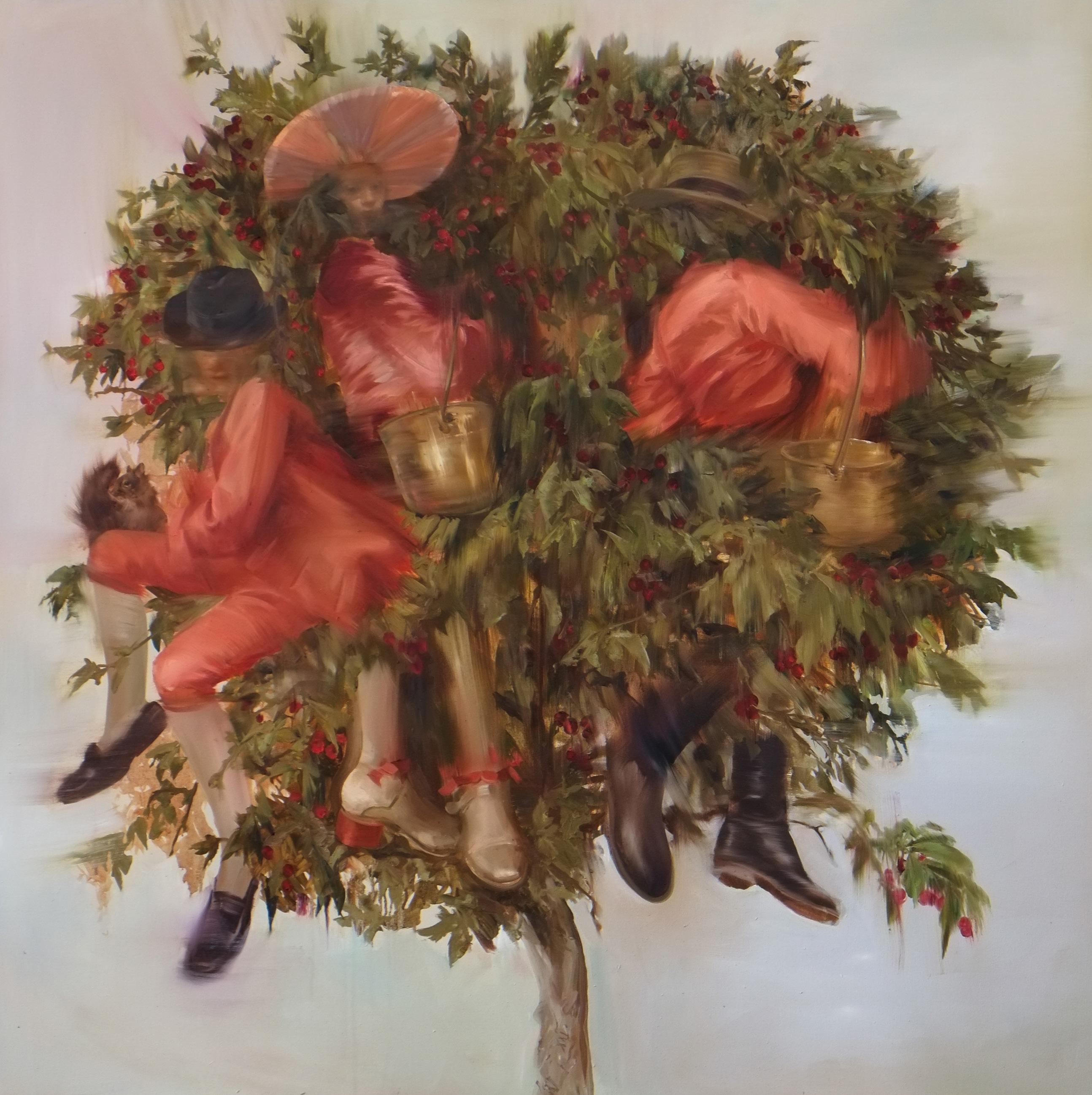

SARAH McRAE MORTON: TIME AFTER TIME
By Suzette McAvoy
Time present and time past Are both perhaps present in time future, And time future contained in time past.
—T.S. Eliot, Burnt Norton
Time is fluid in artist Sarah McRae Morton’s hands. It bends in on itself, resurfaces, catches up with the present, then slips back. An elusive thing to pin down, like the butterflies to be harvested from chrysalis being hung from a 19th-century Parisian shower stall by a woman in a striped dress and red shoes, with a seal in the foreground holding the balance; the scene depicted in Heron, a recent painting from 2025. The setting, with its blue and white Delft tile wall and checkerboard floor, evokes an interior from the Dutch Golden Age, a period roughly equivalent to the 17th century, during which cabinets of curiosities—precursors to today’s modern museums—flourished, spurred by unprecedented global trade, scientific discoveries, and economic prosperity. It was the time of Rembrandt and Vermeer, masters of portraiture and narrative, whose artistic legacies run deep in McRae Morton’s art.
America’s first museum, modeled after European cabinets of curiosities, was founded in the 1780s by artist Charles Wilson Peale, who also founded the Pennsylvania Academy of the Fine Arts—the nation’s oldest art school, which McRae Morton attended. A close reading of Heron reveals a nod to Peale’s famous self-portrait, The Artist in His Museum (1822), in which he dramatically raises a curtain to reveal the wonders of his collection, his gesture echoed in the bent, raised arm of the woman in McCrae Morton’s painting, and the theatrical scarlet red backdrops in others.
The vortex of time pulls us in, piques our curiosity, and seduces our attention. In Peal (p. 14), a pair of shoes descend a steeply spiral staircase, a whirling dervish of a spotted dog at its base. “Footfalls echo in the memory, down the passage we did not take...,” writes T.S. Eliot. In the lower left, a remnant of George Henry Boughton’s Pilgrims Going to Church (1867), ghostly silhouettes, as if torn from a newspaper, intimating past and present. This is Rembrandt’s house, we learn. History pulling us forward, the artist tugging us back. The geometrically patterned black and white floor, embellished with an Amish quilt pattern—“a hole in the barn floor.” McRae Morton grew up in rural Lancaster County, Pennsylvania. Her childhood studio, a hidden annex above the barn stalls. “The idea was planted behind my eyes to see more, look harder, to build other deceptive doors that are portals to the past. A frontier of curiosity unrolled, and I left home to study art.”
“What might have been, and what has been, point to one end, which is always present,” concludes Eliot. Here in Maine, it’s late spring, and the alewives are running in the St. George River, making their annual
migration from the ocean to freshwater to spawn. This eons-old ritual, captured by McRae Morton in The Scale, Weathervane, Lime Seam (p. 23), its foreground teeming with molten, silvery fish harvested or heaved onto the riverbank by flood, is an open question. In another season, the same hillside, barbed with a tangle of multiflora rose, sumac, and twisting apple trees, unfurls like a parade banner across the expanse of the large, horizontal painting Wick Pin Husk Briar Bough Furrow Rust.
The uncanny occurs, memories stirred, and coincidences recorded. Time and place in a dance of changing partners. In Shoo-fly Wicket Arbor, Sky Churn, Black Tie, Amish farmers and their wives play croquet by lantern light with flamingoes, à la Alice and the Queen in Wonderland, a neon-lit windmill churning in the background. George Romney’s Lady Hamilton as Nature (1782), ensconced in the Frick Collection, is reinterpreted in The Natural, A Glass to Perkins, as an elegantly dressed hayseed sucking on a lobster leg, her loyal spaniel by her side. Picasso’s Minotauromachy (1935), prophetic of the Spanish Civil War, and his antiwar masterpiece Guernica (1937) are visual sources for McRae Morton’s Oxeye and The Hatch, the Hough. However, none of this is necessary to appreciate her virtuosic brushwork and masterful handling of chiaroscuro.
Or the way she conjures images, stories, and emotions from oil paint.
We don’t need to know that the catalyst for the young rogue in a striped satin waistcoat in Halo on the Reel is Thomas Sully’s The Torn Hat (1820). Or the reference for the finely dressed figures in a cherry tree in The Script, as well as the buntings caught in the filigree of net in Miscount of the Ortolan Buntings, is the Taccuinum Sanitatis, a medieval handbook on
health and agriculture. Or that Gustave Caillebotte’s painting The Floor Scrapers (1875) inspired the composition in Cat Tail, Dog Whelk, Murex Snail, Matchbook and Milk , in which a wedding feast is interrupted by a spilled bucket of murex shells, a favored collectible in those early cabinets of curiosities, and the source of costly Tyrian purple dye esteemed by ancient royalty.
Consider Pippin, her version of the Peaceable Kingdom, an image painted more than sixty times by the 19th-century Quaker minister and artist Edward Hicks, illustrating the Biblical prophecy: “The wolf also shall dwell with the lamb, and the leopard shall lie down with the kid; and the calf and the young lion and the fatling together, and a little child shall lead them.”
In McRae Morton’s version, the animals—domestic and wild—exchange scale; a hare is huge in relation to a horse, and Pippin the dog presides over all. At the center, a Roseate Spoonbill cradles a yellow duckling. “Go, go, go, said the bird: humankind cannot bear very much reality,” again, quoting Eliot’s Burnt Norton. Thankfully, in McRae Morton’s created world, we don’t have to.
As viewers, we are the beneficiaries of her inquisitive nature and her uncanny ability to synthesize diverse imagery and ideas into something wholly new and beautiful. In her paintings, McRae Morton leads us through history, mythology, folklore, and fables. Down rabbit holes of arcane facts and labyrinths of knowledge, spurred on by her restless brush and a desire to understand the ways of the world, human and otherwise. •
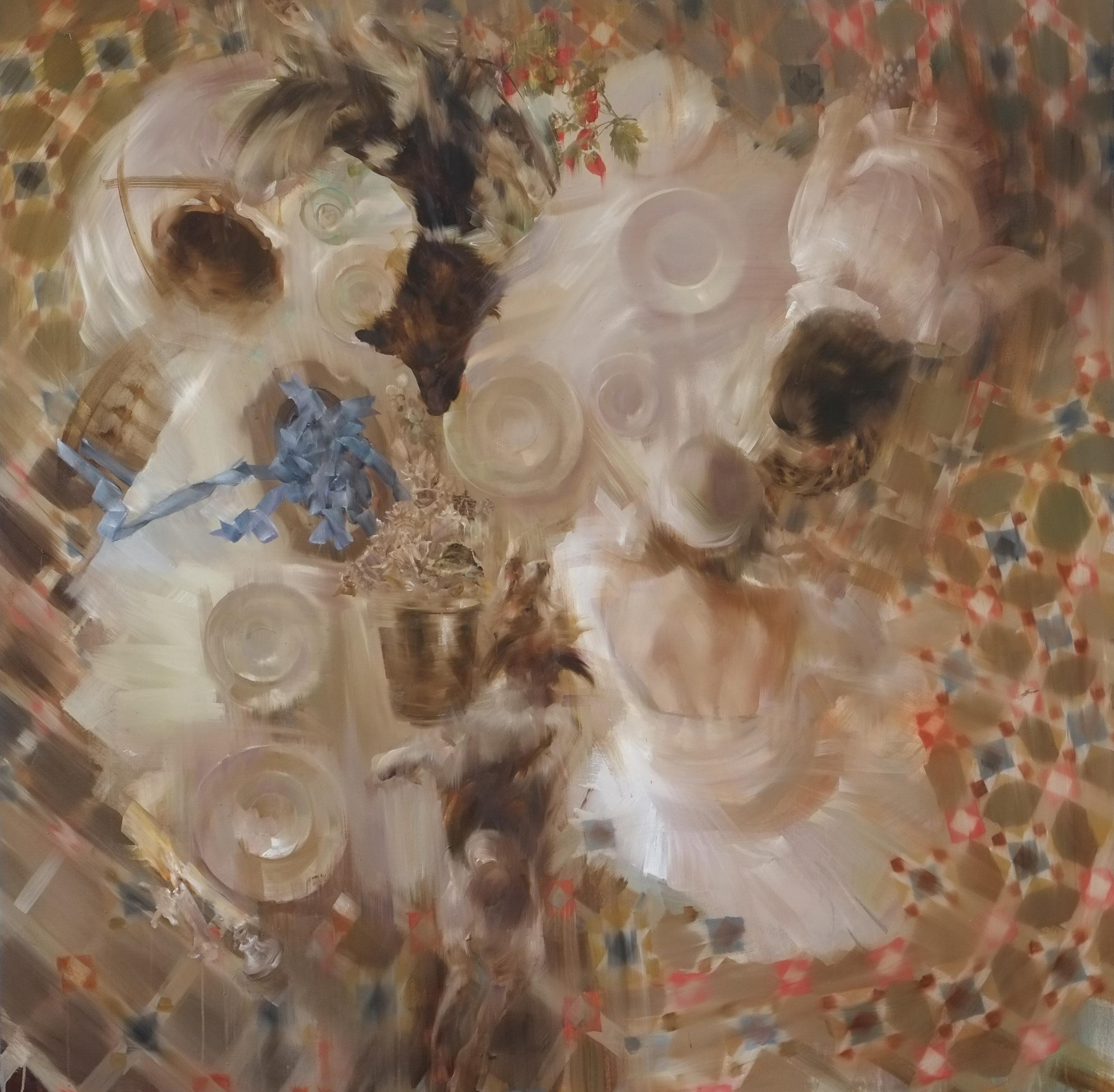
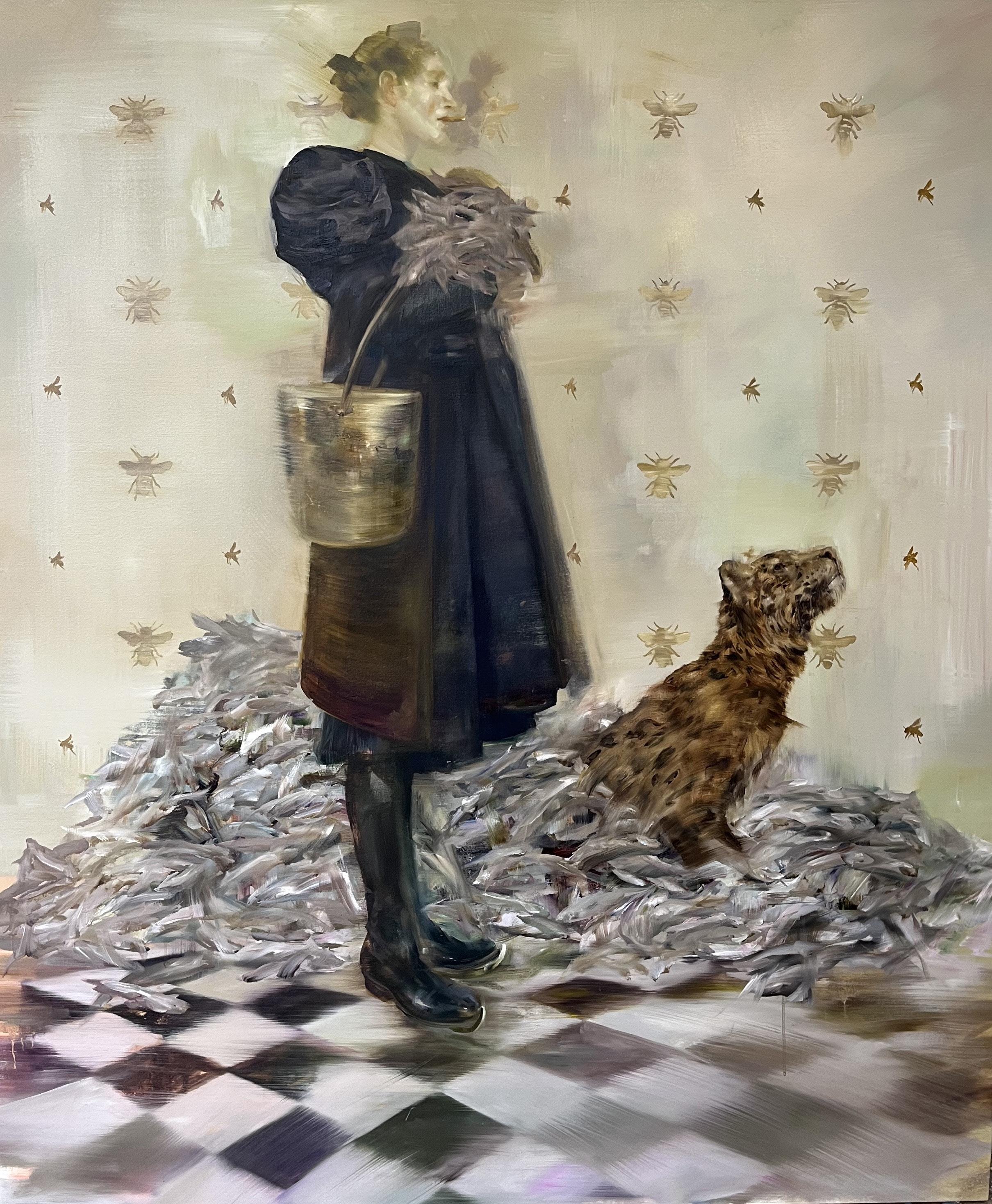
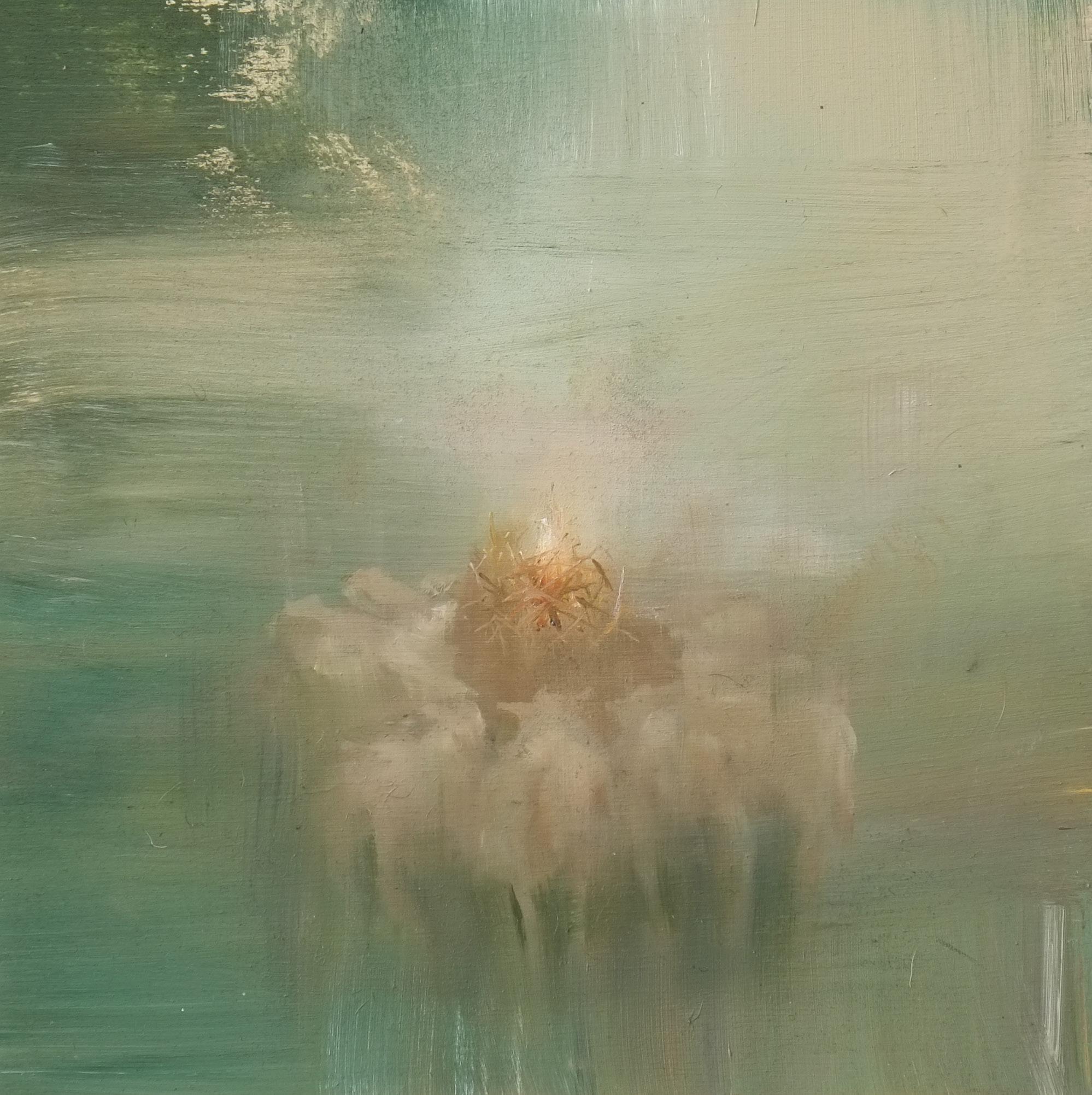

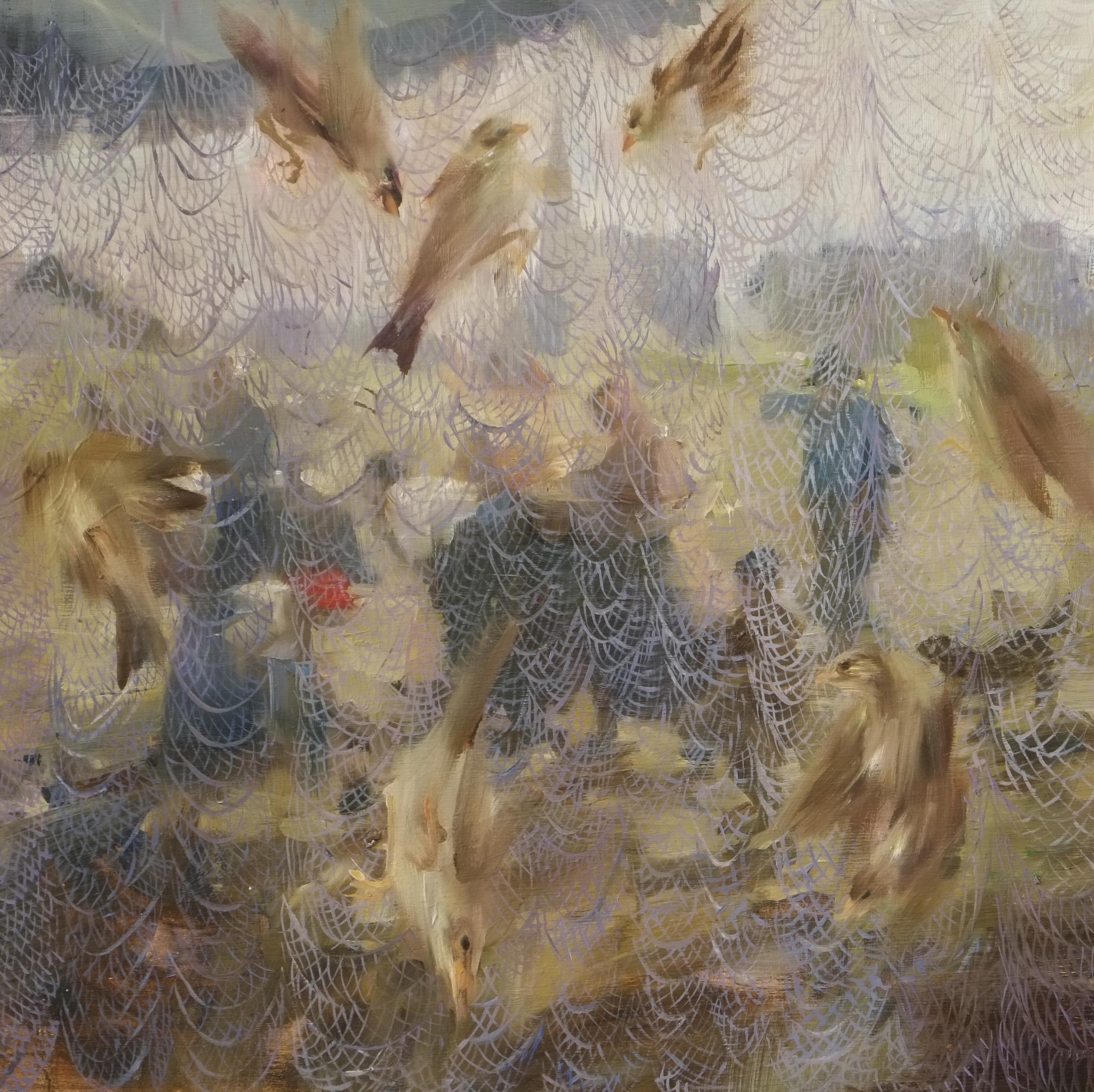
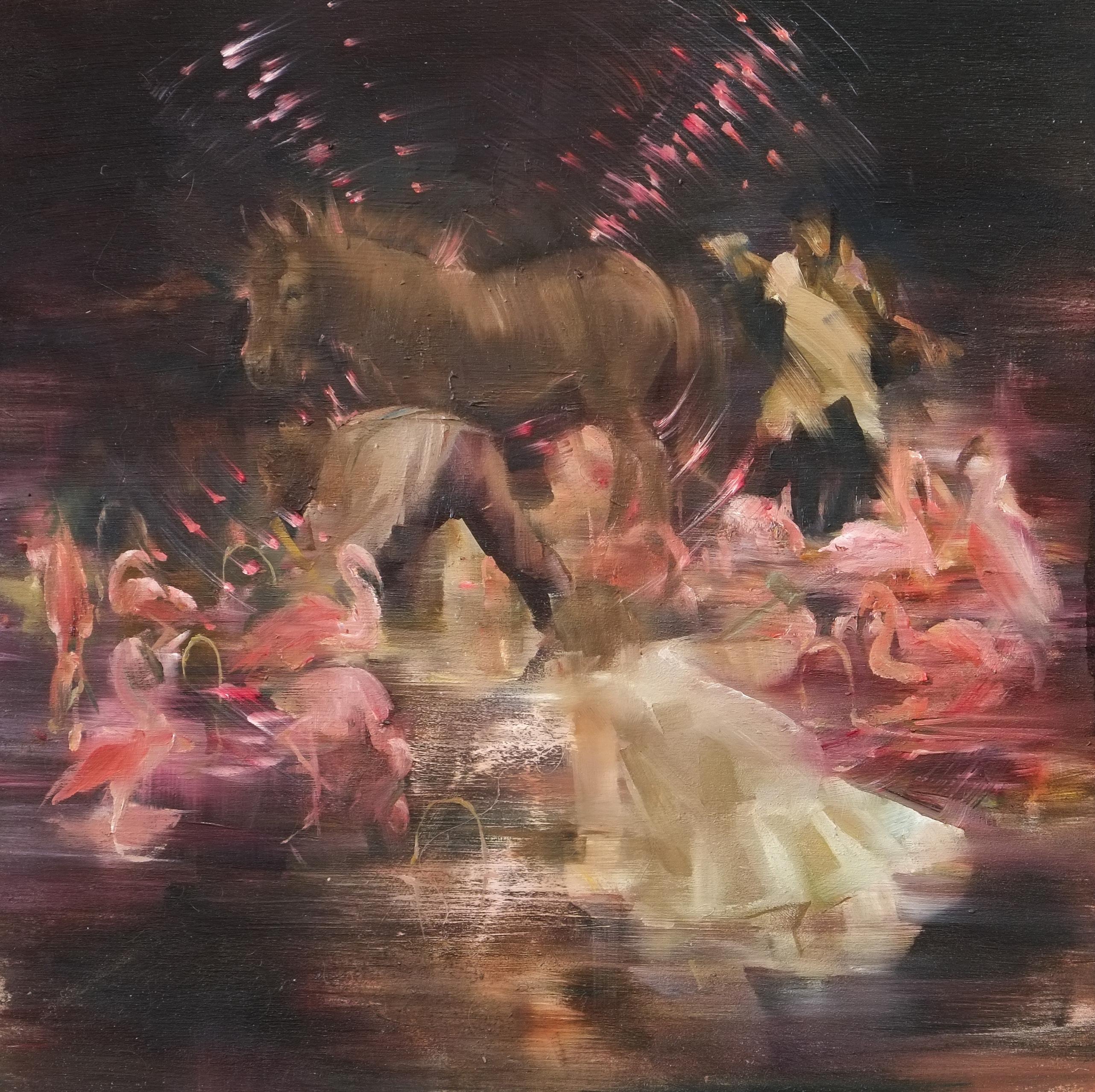
Measure Weld Madder Woad and Count of Fair Foix Rode, 2025
Oil on panel
24 x 24 in.
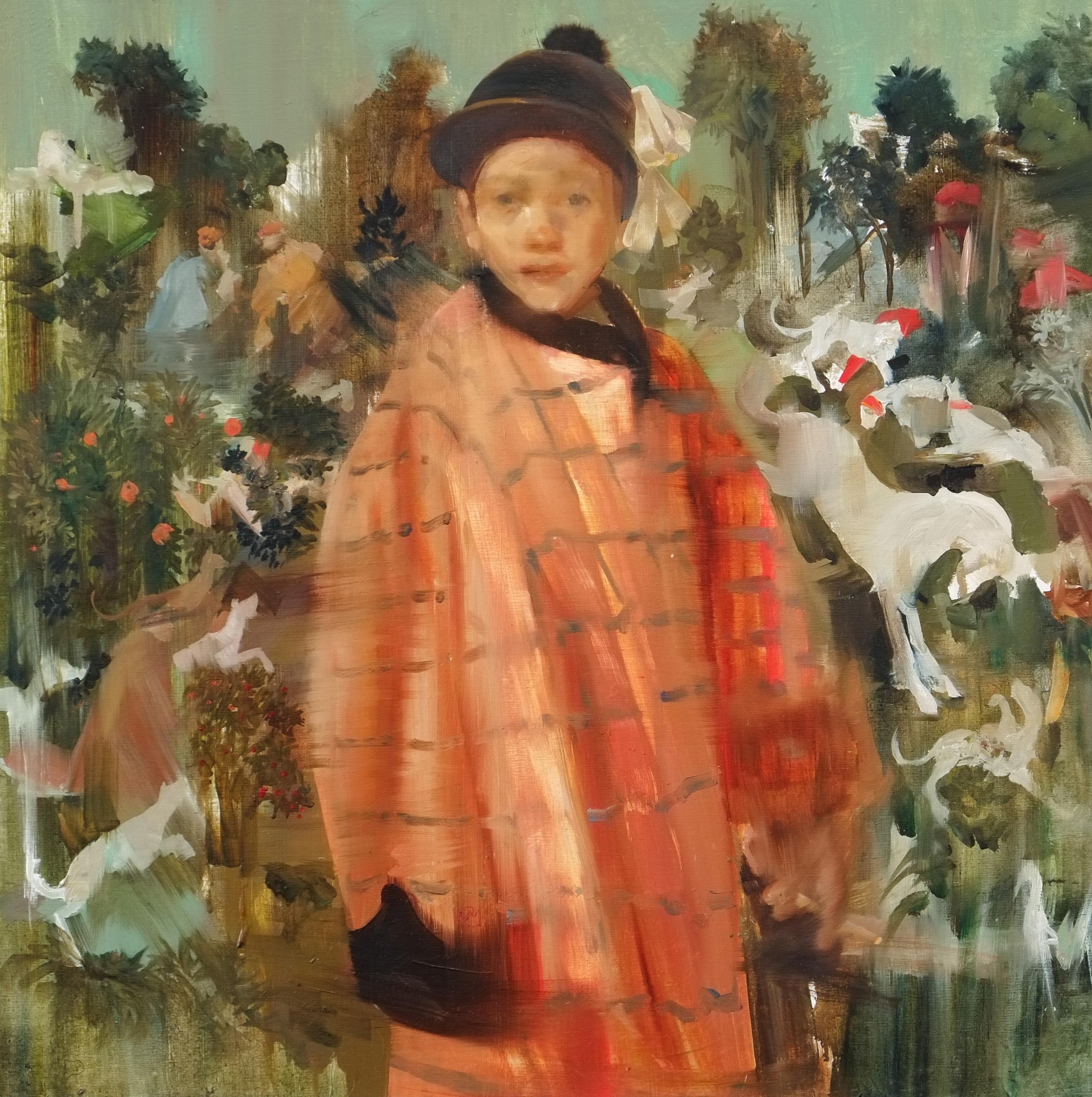
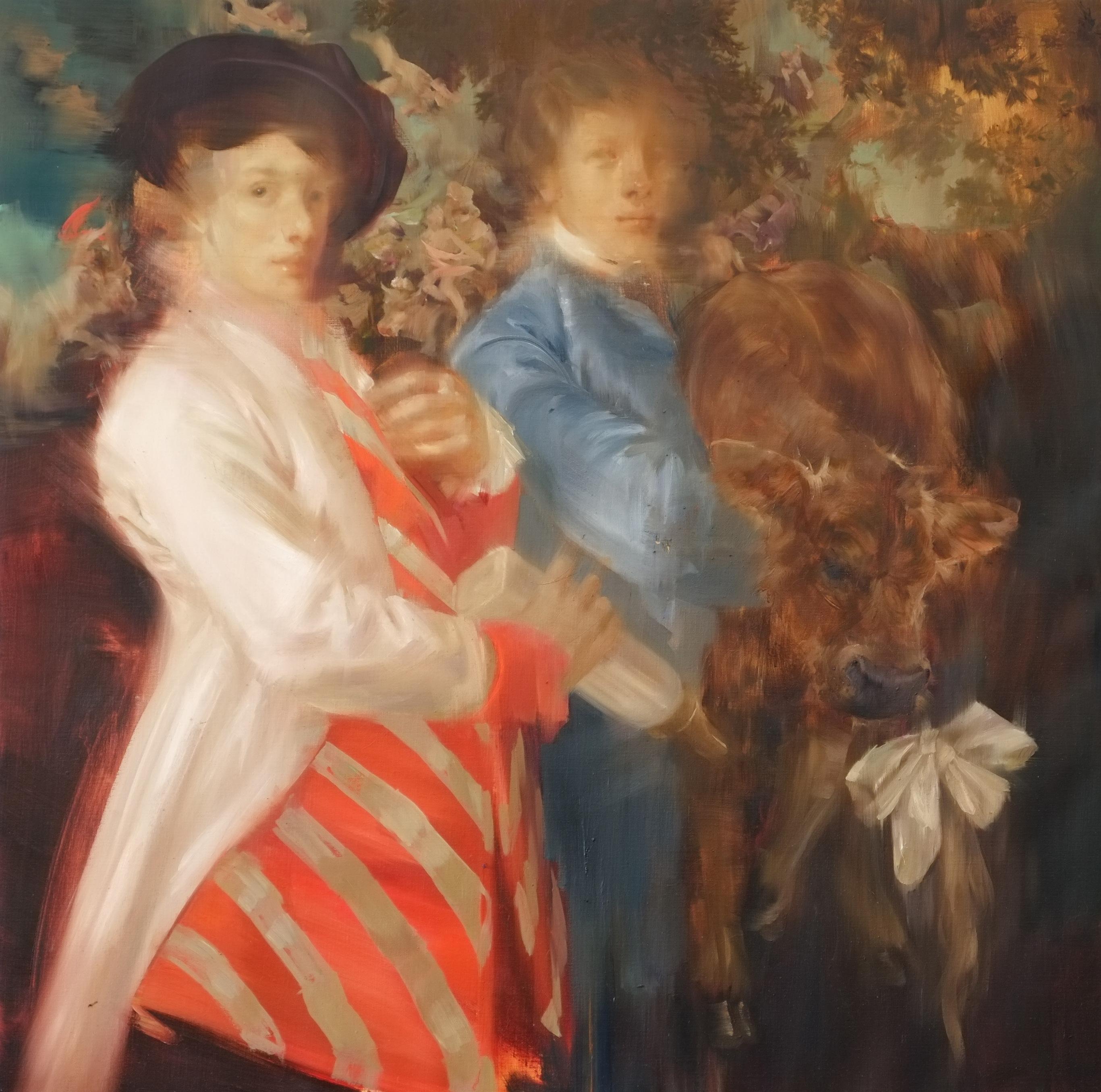


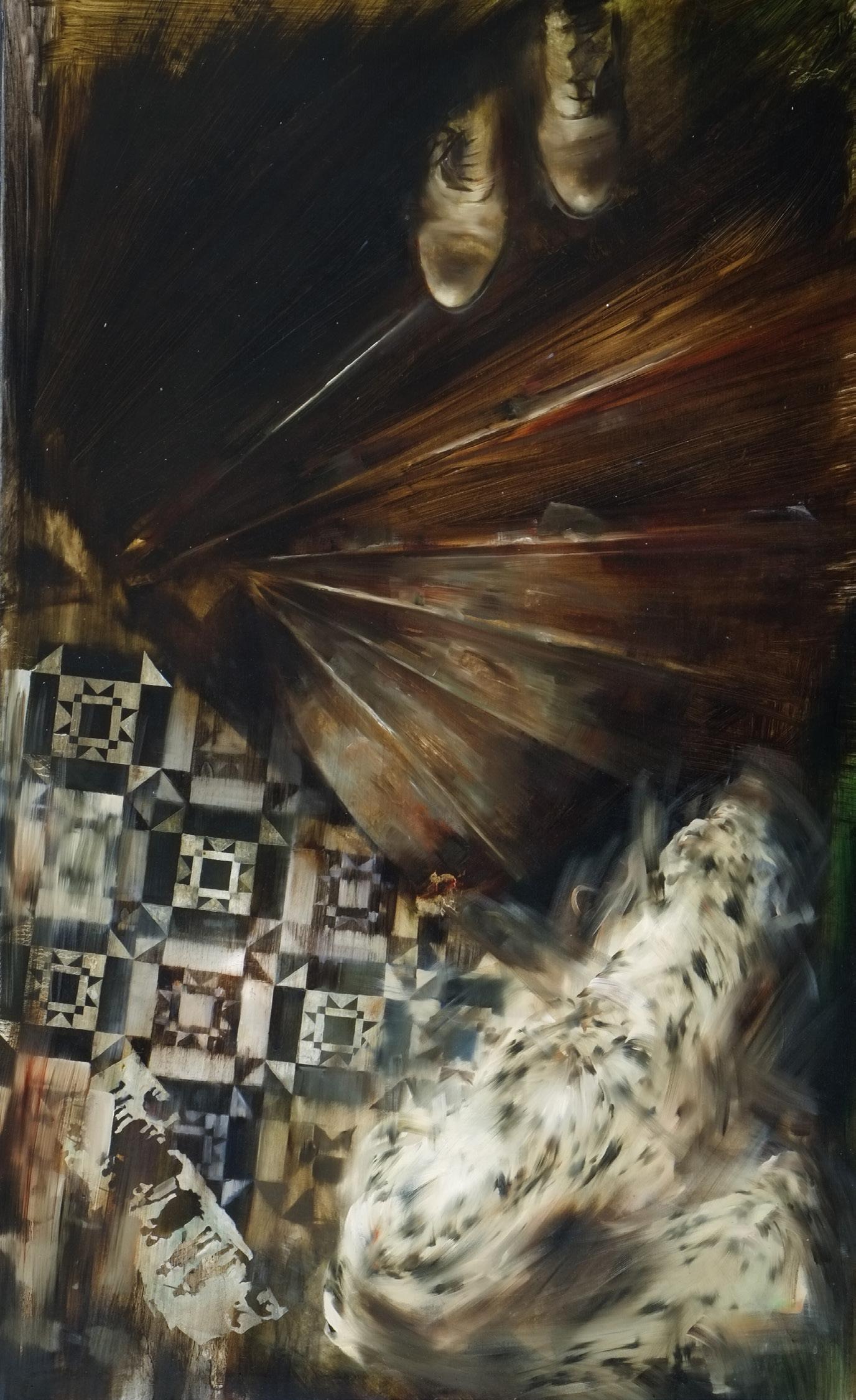
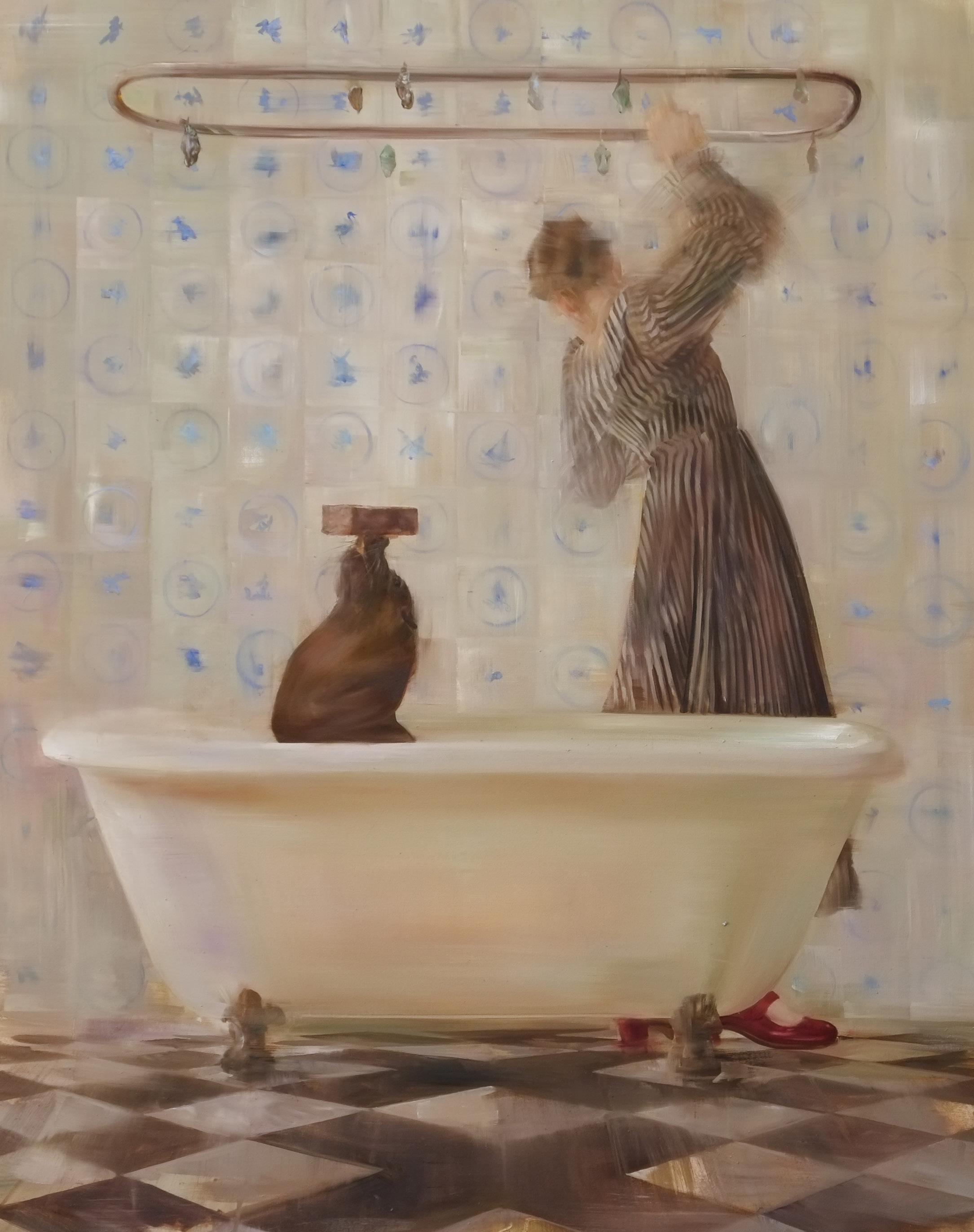

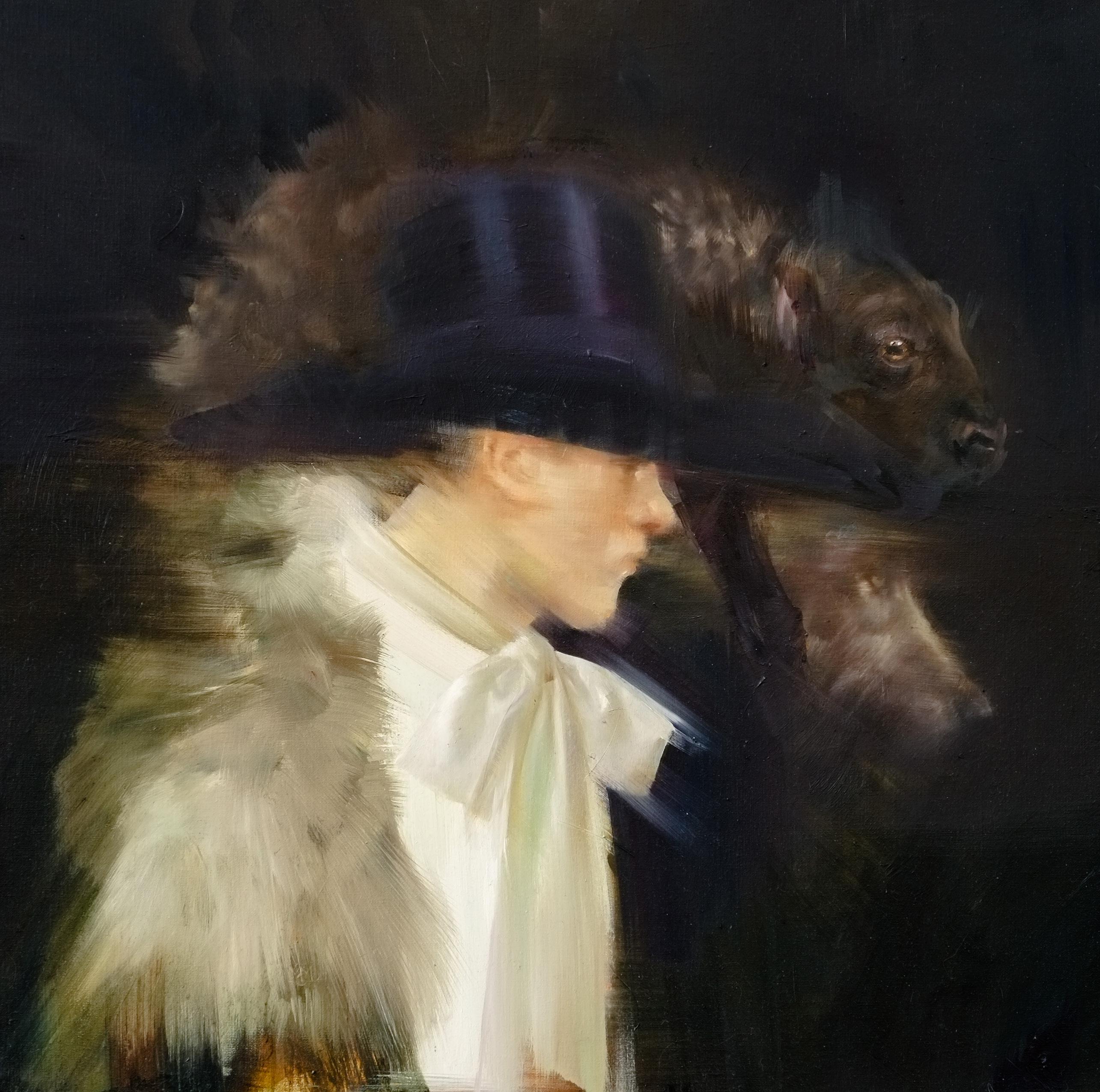
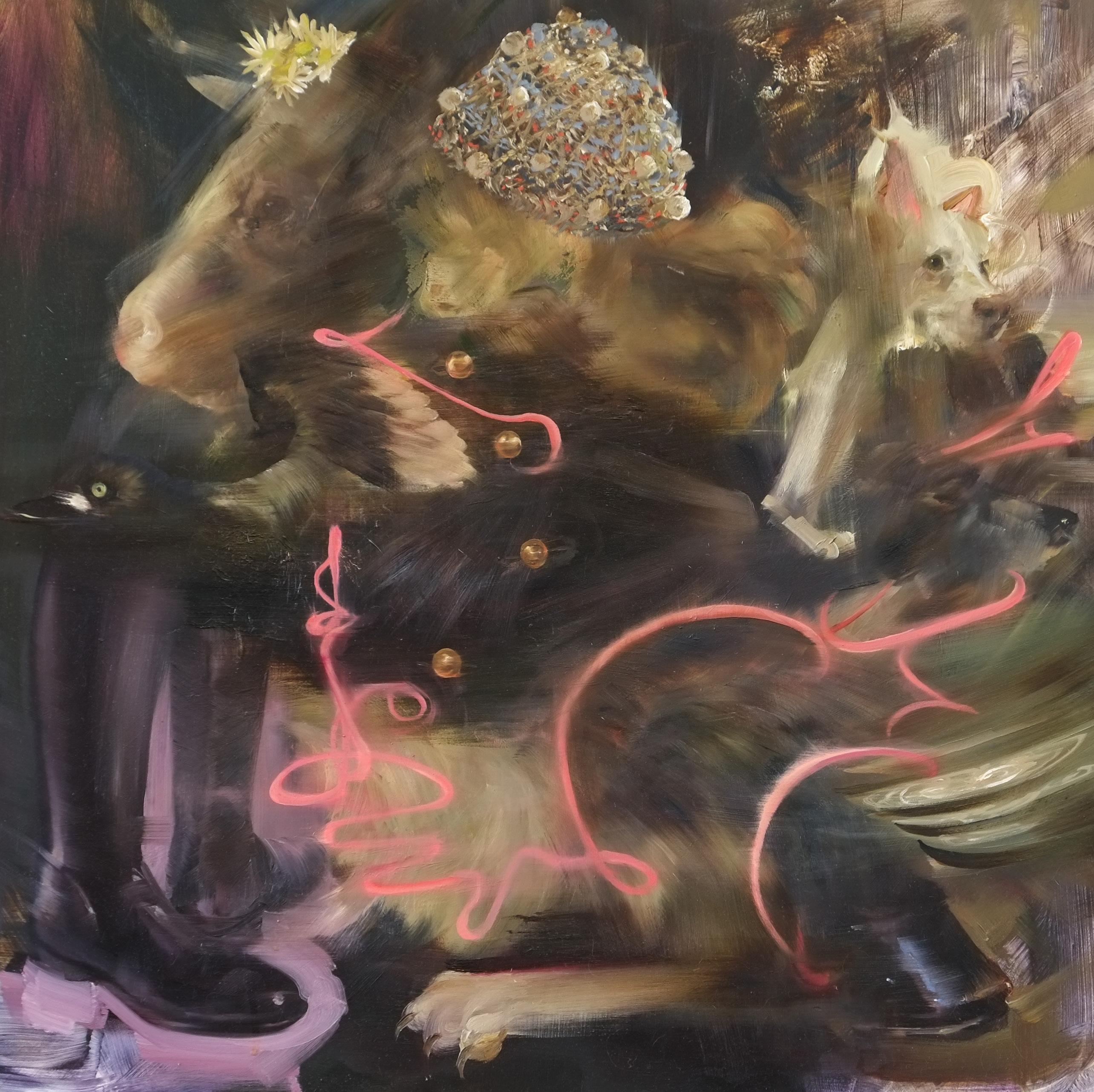
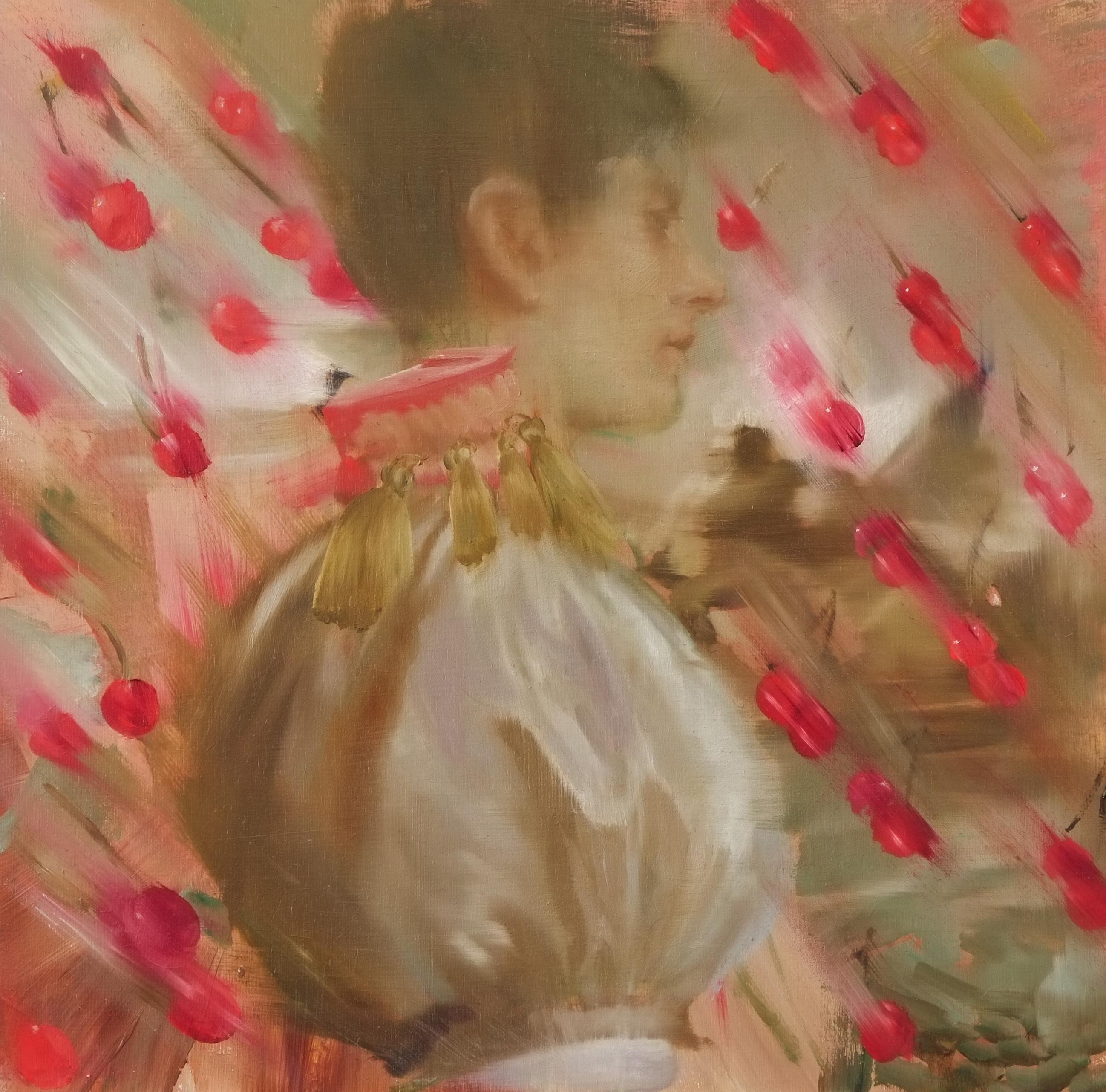
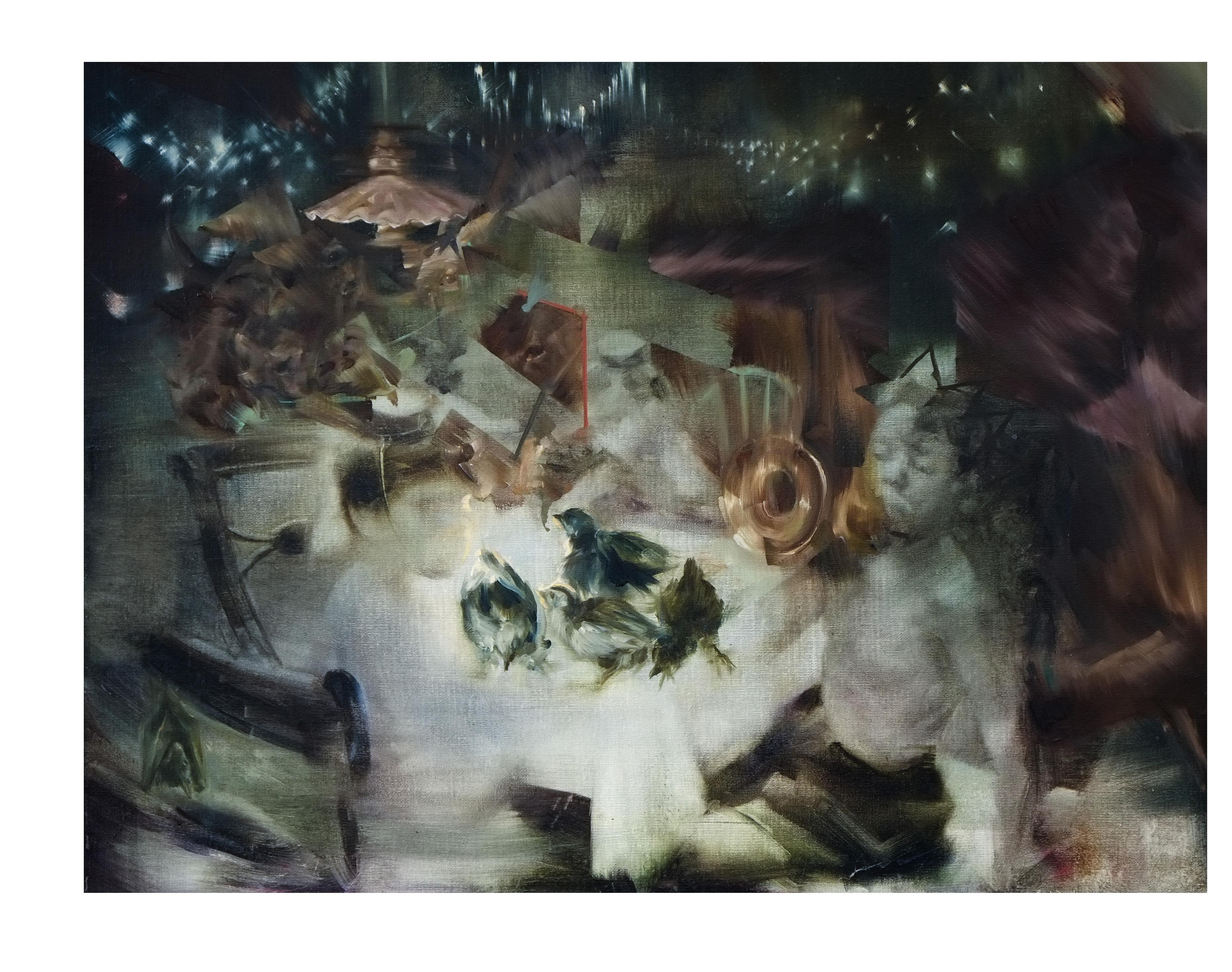


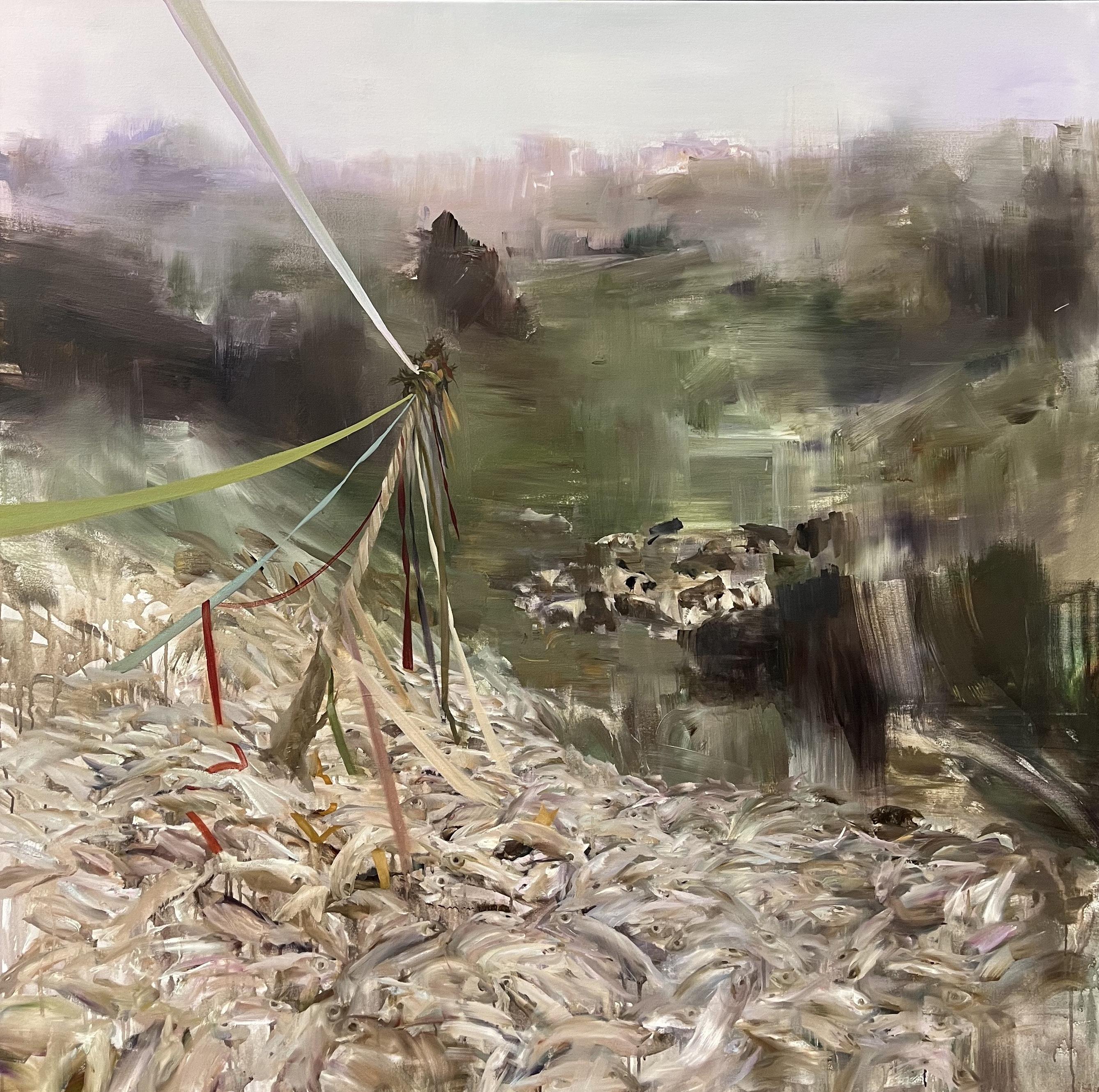
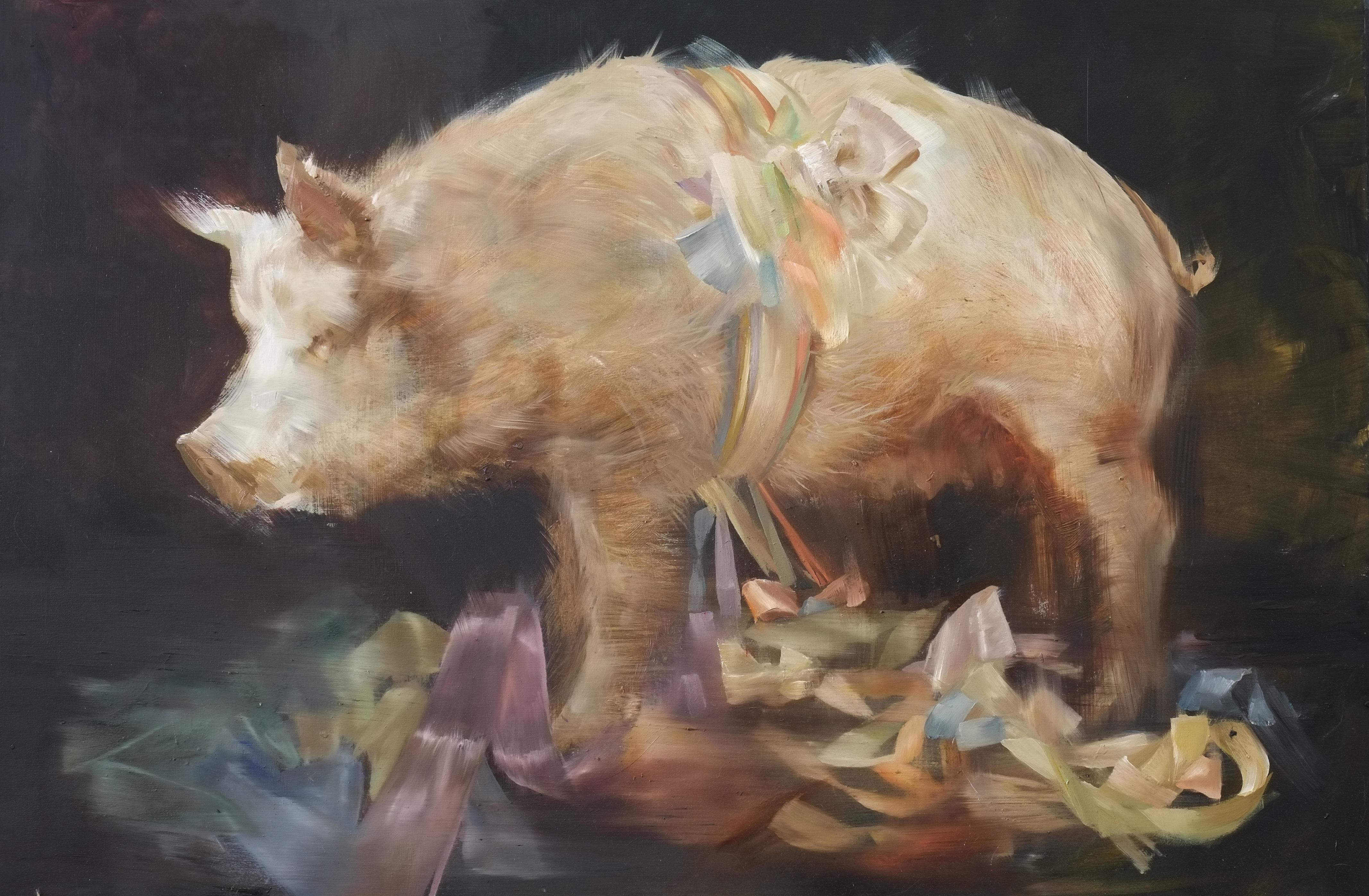
The Prize, 2025, Oil on panel, 20 x 30 in.
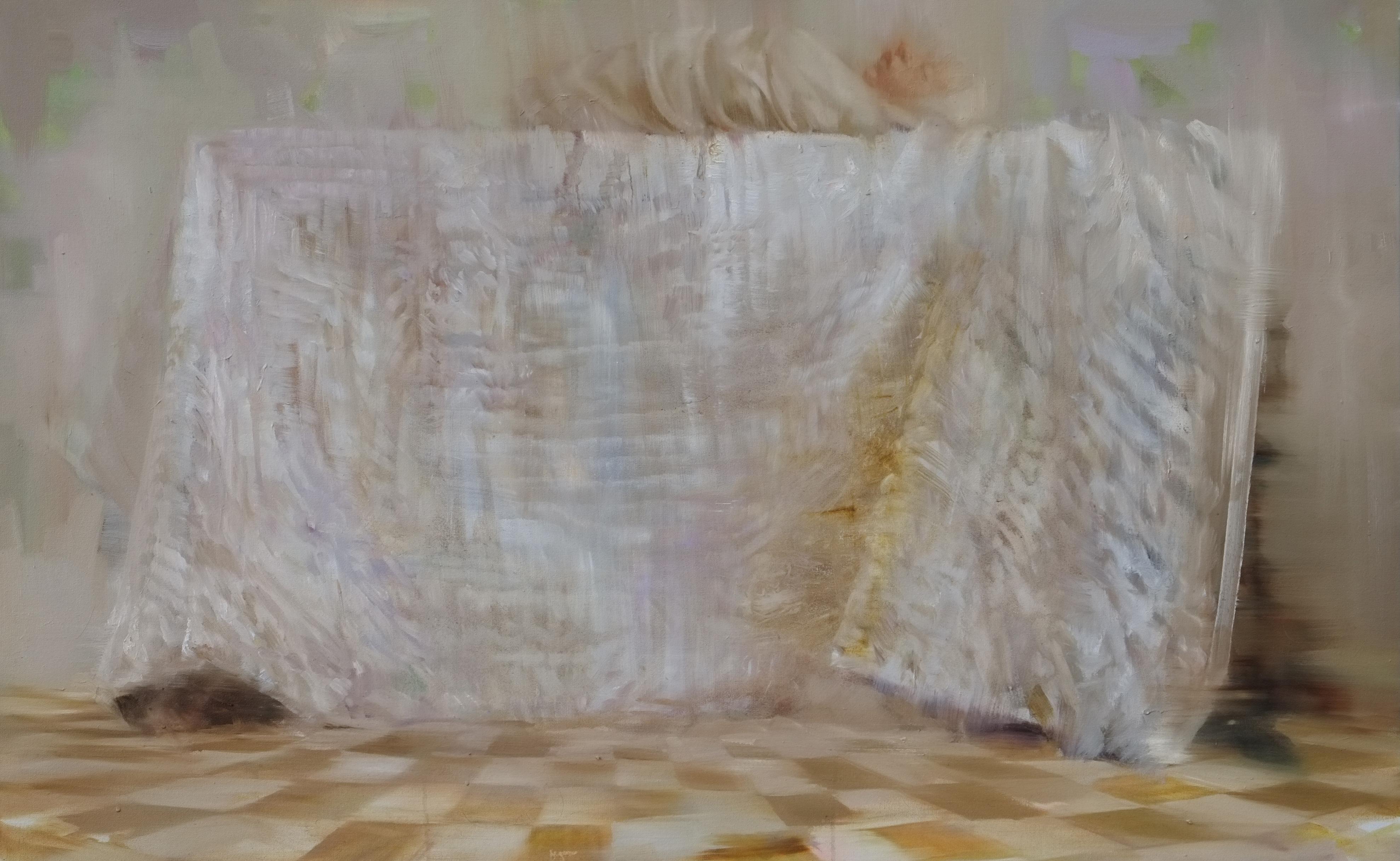
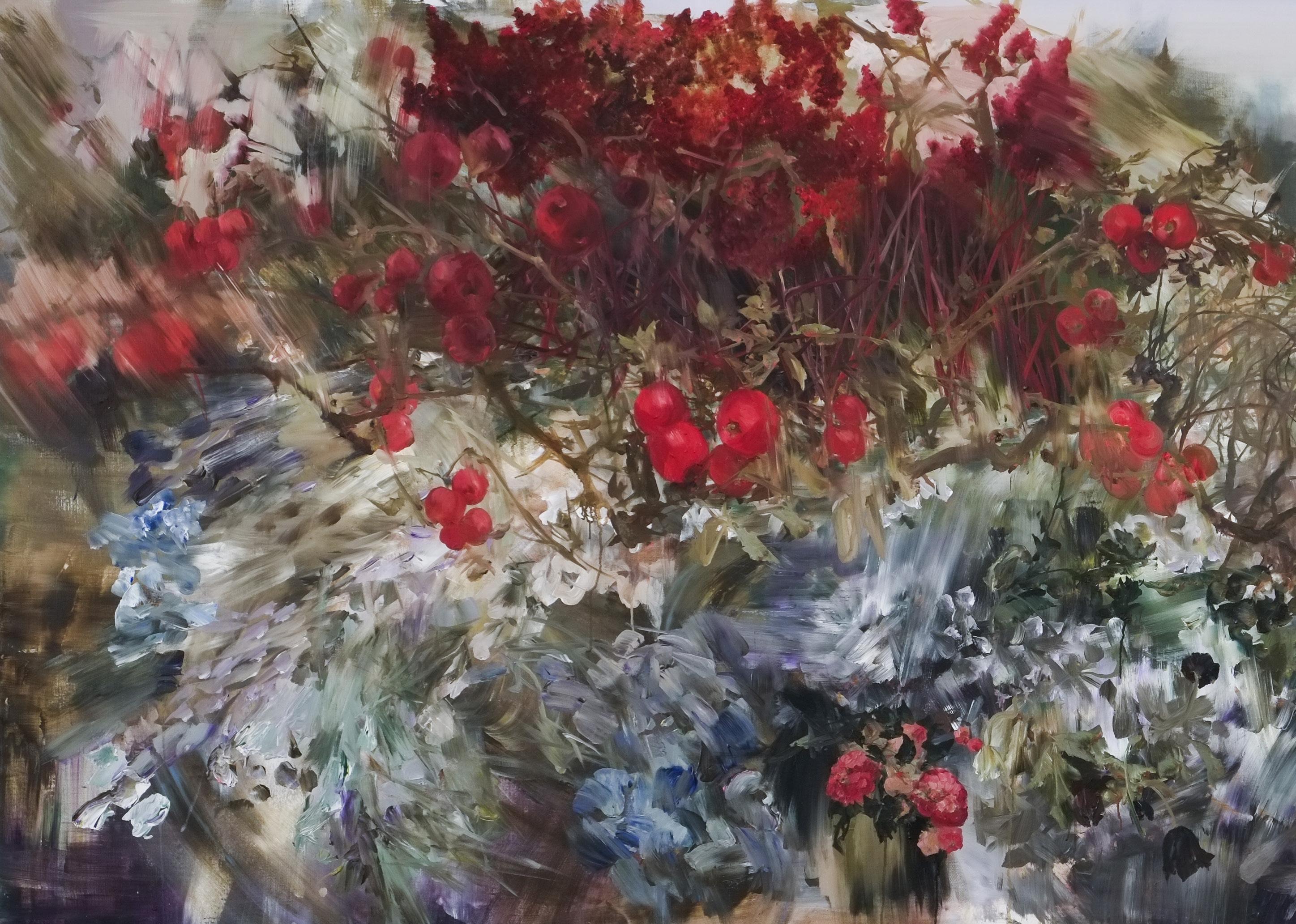
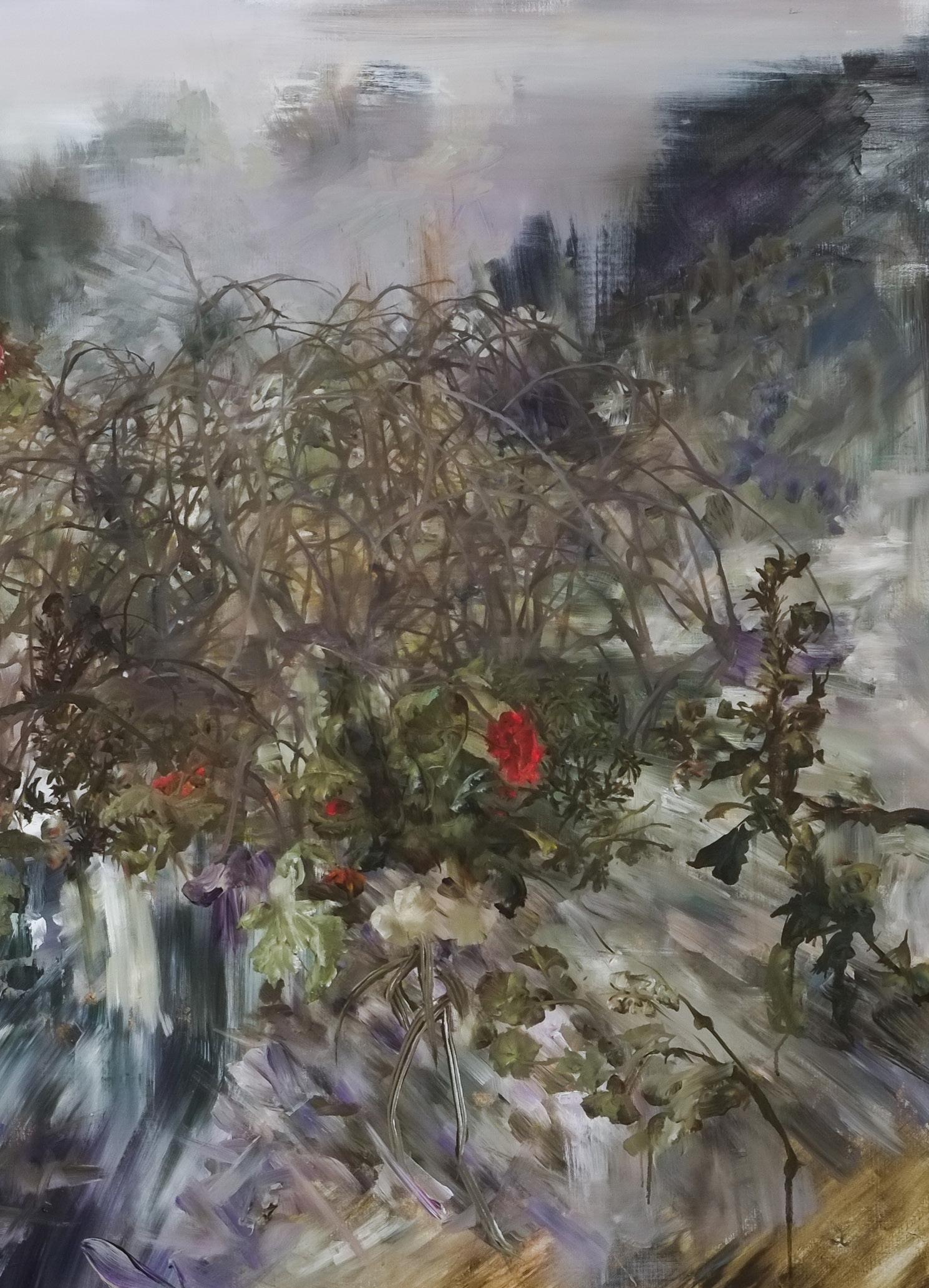
SARAH McRAE MORTON
was born in Boston and grew up in rural Lancaster County, Pennsylvania. She began painting at an early age and, throughout high school and afterward, trained with the noted artist and educator Myron Barnstone, who taught her the virtues of classical design, technical drafting, harmonic color theory, and the value of hard work. She attended the Pennsylvania Academy of the Fine Arts and the University of Pennsylvania and furthered her studies with the celebrated figurative painter Odd Nerdrum in Norway. For ten years, she lived in Cologne, Germany, studying the work of European masters and the chemical composition of paintings in Rome. She lives in Rockland, Maine.
